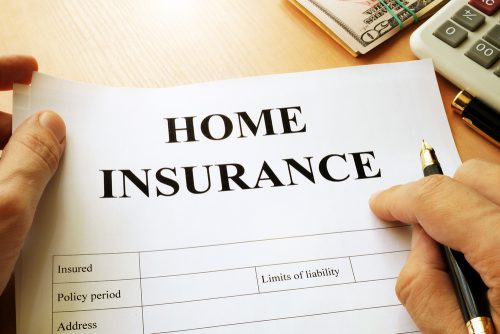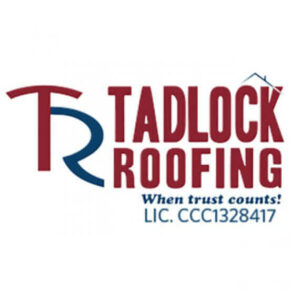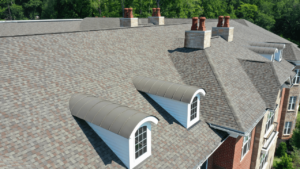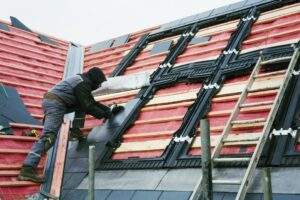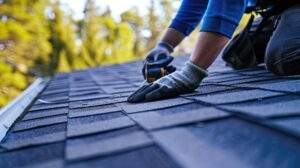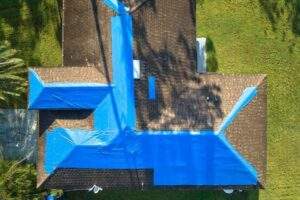Homeowners insurance can be expensive, so you may be looking for ways to save on your premium. Did you know that your roof can help?
The savings are deducted from the wind portion of your homeowner’s policy, which makes up more than half of your yearly premium costs. Most customers can cut their annual insurance bill significantly by making a few improvements to their roofing system.
Install a New Roof
Older roofs are more prone to leaking, shingle loss and storm damage, leaving your homeowners insurance provider at a greater risk of you filing a claim after a hurricane or severe weather incident. If you live in a climate that is prone to strong winds and heavy rain, such as Florida, replacing your old roof with an impact-resistant roofing material will not only save you money, but it will also keep you safer.
Metal roofs are a great option for Florida homeowners because they have the highest wind resistance rating of any roofing material, do not absorb water or moisture and will not crack and peel under the sun’s harmful rays. If you prefer the look of a shingle roof, choose a brand that can provide additional wind resistance such as Owens Corning Duration Shingles, which utilize SureNail Technology to improve the strength, durability and wind resistance of your roof.
Schedule a Wind Mitigation Inspection
In Florida, insurance companies are required to offer discounts for protecting your home against damage caused by windstorms. These discounts, known as wind mitigation credits, are offered after an optional certified inspection has been conducted on your home. The inspector will come to look for certain factors that make your home more resistant to damage during a storm. The credit is good for five years and can save you hundreds of dollars annually on your insurance premium.
One of the eight key safety features inspectors will look for is weather-resistant underlayment. Synthetic underlayment provides a secondary leak barrier that binds to the decking of your home, essentially acting as an additional layer of protection in the instance your shingles blow off during severe weather conditions.
The additional factors that inspectors will look for when conducting a wind mitigation inspection include:
- Roof Shape and Bracing of Gable End
- Roof Deck Attachments
- Roof Covering
- Protection of Openings (such as windows and glass doors)
- Roof-to-Wall Connection
- Doors
To find out what these savings would look like on your own home, you can go online to the state’s insurance saving calculator. For questions about wind-resistant roofing materials, call us today at 855-964-7663.


